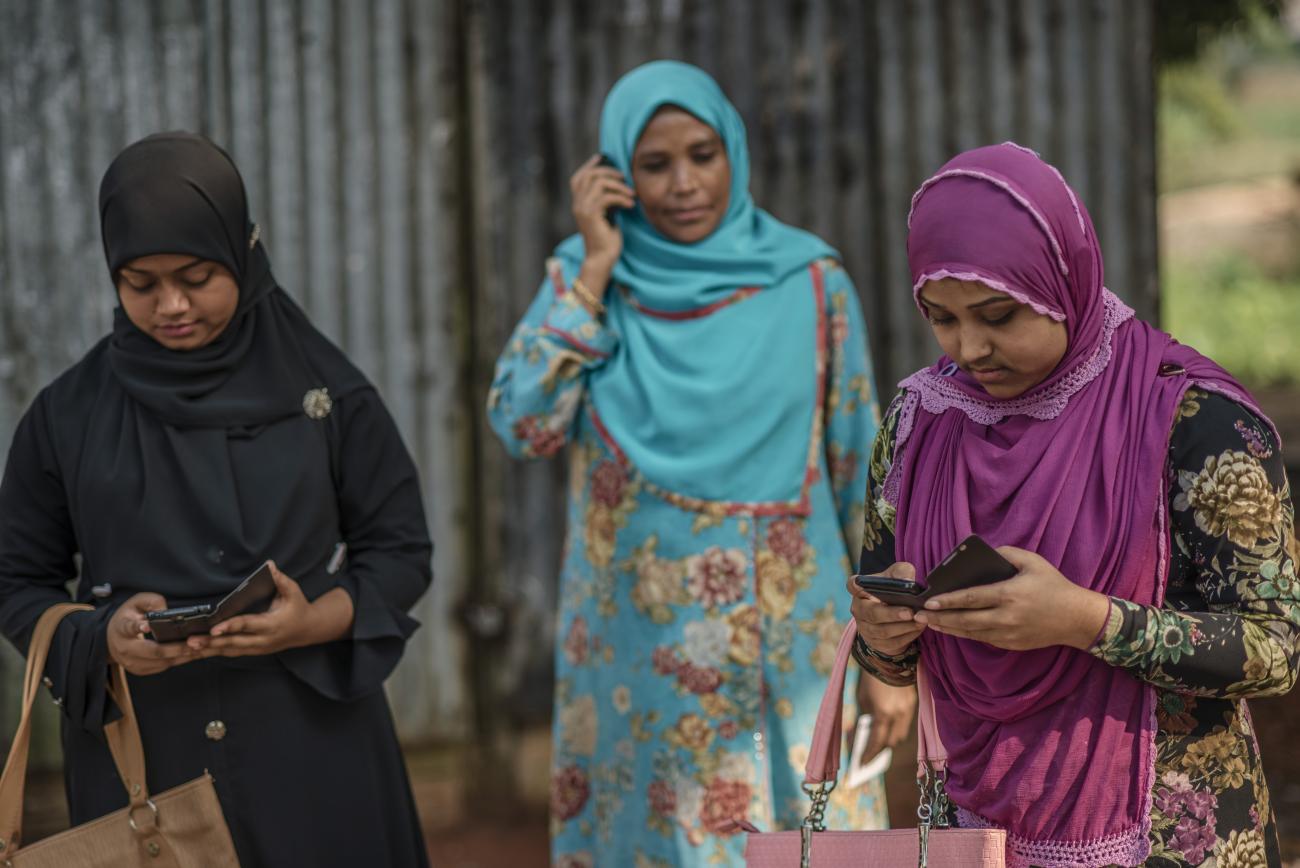
A Visit to Rajbari’s Access to Information Center
Bangladesh is the eighth largest country in the world—more people live here than in Russia--and its population density is comparably high. But in largely rural Rajbari district, where agriculture accounts for 60% of the local economy, distance can be daunting for a farmer or shopkeeper who must travel hours or days to deal with basic needs. Rajbari is only 120 kilometers outside Dhaka but it seems very far indeed from the city’s bustle and concentrated activity.
For women like Sreemoti Josna Rani Das, the remote life of Rajbari district has made it impractical for her to gain access safe and affordable financial services like savings or remittances. She and her neighbors have likewise been unable to use a broad range of government and commercial services that people in cities take for granted such as registering births, checking land records, applying for jobs or visas, sending email, and searching the Internet.
But today in Rajbari, a solution to financial exclusion and other limits faced by the rural poor can be found in the local branch of the country’s Access to Information (a2i) program, an initiative (with support from UNDP and USAID) that provides digitally based, decentralized public services to isolated populations throughout the country.
The Rajbari a2i center is located in a low building off a dusty road, and on the day the UNSGSA Queen Máxima visited it was crowded with local residents in lungis and saris—opening bank accounts, receiving remittances, topping up mobile money accounts, checking on school admissions, making photocopies, looking up information on the Internet, and taking care of the practical details that directly affect their daily lives.
The idea behind Bangladesh’s a2i centers was to establish locations for basic but greatly needed services in close proximity to underserved populations. Costs are kept low by using a digital platform and by setting up partnerships with local entrepreneurs to run the centers.
Digital financial inclusion is one a2i’s most important initiatives, according to Anir Chowdhury, policy advisor in the Prime Minister’s office. Around 100,000 people are now using mobile financial services accessed through a2i’s centers—among them Nilma, a young woman in Rajbari who now uses mobile banking she signed up for at her nearby center. In addition to mobile money, some a2i centers also offer full-service agent banking.
The government is now piloting a system to transfer government social safety net payments—which account for 12 percent of the country’s budget—to a digital platform. This approach will certainly make life easier for people in Rajbari.
Of course digitizing government payments will also improve cost-effectiveness for government, and will help increase demand for the mobile and agent banking services based in the a2i centers. Which makes for three levels of good news for Sreemoti, for Nilma, and for financial inclusion in Bangladesh.